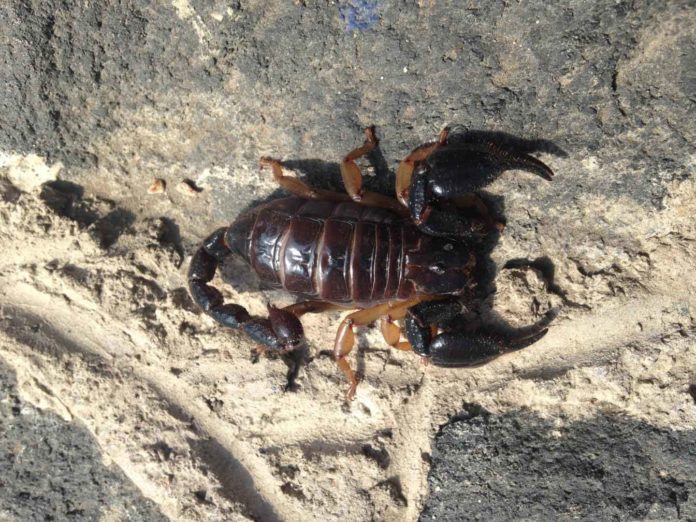Carlos Santibanez-Lopez, a postdoctoral researcher at the University of Wisconsin-Madison, had a fear of scorpions that scroll on his walls and ceilings. But when his college project sent him to collect scorpions at night using a blacklight, he decided to face his dual fears of scorpions and the dark.
He got hooked up instantly as he saw a scorpion glowing under a black light. As he, along with his colleagues, started studying scorpions, he found that the scorpion family tree was a tangled mess.
Researchers focused their work on a bunch of species hazardous to humans, regularly disregarding the full assorted variety of nearly 2,400 types of scorpions. What’s more, the scorpions’ surprisingly comparable body designs – regularly the best approach to recognize species from each other – muddled things further.
They further made a fresh attempt to untangle the scorpion family tree using not the shape and structure of the arachnids’ bodies but the shape of their venom.
Scientists predicted that the three-dimensional shape adopted by the venom molecules of dozens of scorpion species. They thus identified a split returning to the normal progenitor of the present scorpions. One branch embraced a marginally smaller venom. The other branch’s venom is rounder. The distinct structures additionally underlie the venom’s capacity: each shape has its very own atomic focus on prey.
Santibanez-Lopez said, “This is for the first time the shape of molecules has been used in place of anatomy to organize evolutionary relationships. It suggests new ways to disentangle the many complicated family trees found throughout nature.”
Scientists used genomic sequences from 55 scorpion species and in excess of 3,000 genes to develop a starter family tree. The tree reproduced real discoveries from work performed in 2015, demonstrating two principal branches stemming from the normal precursor of the present scorpions: the Buthida and the Iurida.
UW-Madison Professor of Integrative Biology Prashant Sharma said, “One of the things we were lacking to support the tree was something morphological. But scorpions all basically look the same. They’re often referred to as ‘living fossils’ because of how little they’ve changed since they first evolved.”
Using the known structure of one scorpion venom molecule as a scaffold, the researchers predicted the shapes of 41 different venoms from across the scorpion family tree.
They found that the Iurida venom resembled a three-dimensional jigsaw puzzle piece, while the Buthida venom was much more spherical. These distinct shapes supported and recreated the family tree developed from genomic sequences, providing a physical underpinning that the indistinguishable anatomy of the scorpions simply couldn’t.
The researchers also found that these venoms have changed extraordinarily little over the eons — some 300 million years of evolution. This conservatism is evidence that the venom’s shape has been constrained by the consistency of molecular targets in their prey, where the venom disrupts nerve cells.
Because the shape of the venom carries information about its function in prey, Santibanez-Lopez and Sharma believe similar approaches could help predict how much of a threat particular species pose to humans — which would beat Santibanez-Lopez’s painful, real-world experience separating the mild from the severe stings.
The work is published Nov. 14 in the journal PeerJ.
